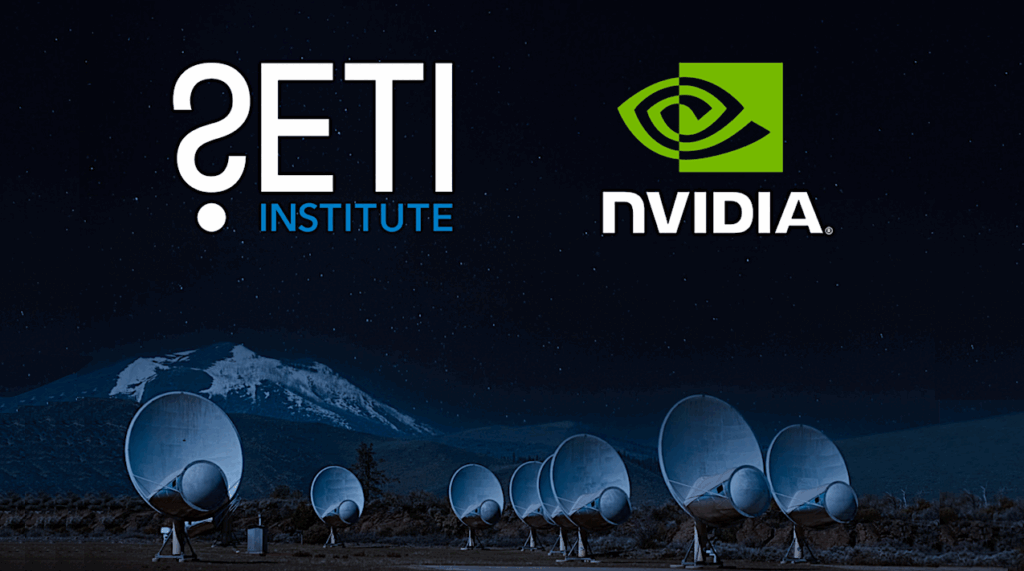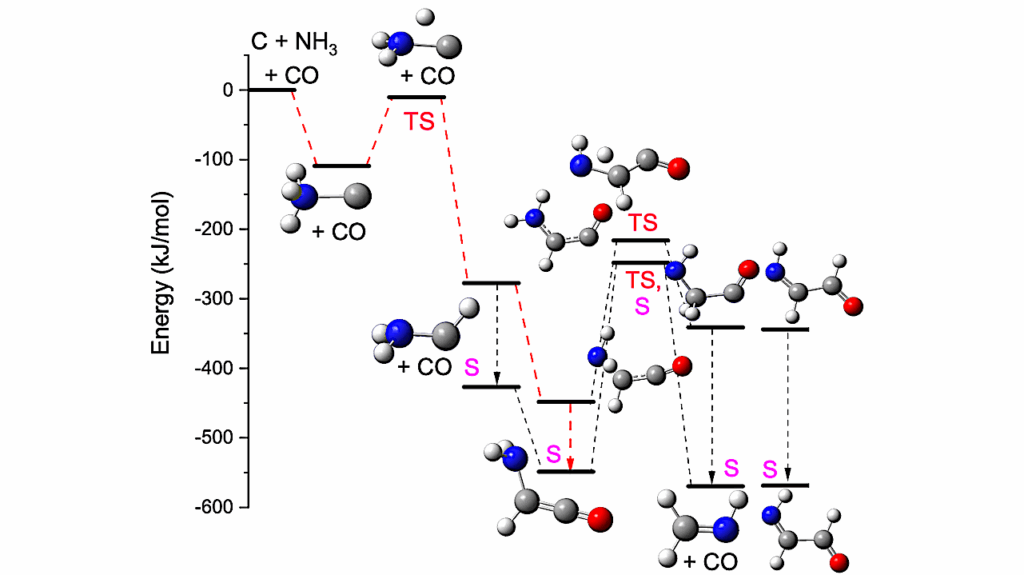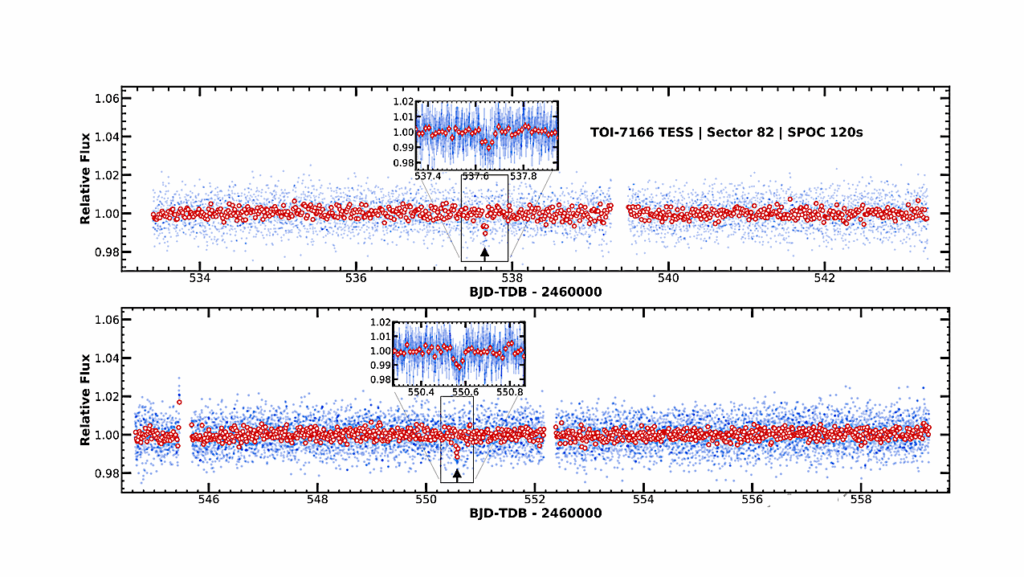Strategies for Constraining the Atmospheres of Temperate Terrestrial Planets with JWST

TESS is expected to discover dozens of temperate terrestrial planets orbiting M dwarfs whose atmospheres could be followed up with the James Webb Space Telescope (JWST).
Currently, the TRAPPIST-1 system serves as a benchmark to determine the feasibility and resources required to yield atmospheric constraints. We assess these questions and leverage an information content analysis to determine observing strategies for yielding high precision spectroscopy in transmission and emission. Our goal is to guide observing strategies of temperate terrestrial planets in preparation for the early JWST cycles. First, we explore JWST’s current capabilities and expected spectral precision for targets near the saturation limits of specific modes.
In doing so, we highlight the enhanced capabilities of high efficiency readout patterns that are being considered for implementation in Cycle 2. We propose a partial saturation strategy to increase the achievable precision of JWST’s NIRSpec Prism. We show that JWST has the potential to detect the dominant absorbing gas in the atmospheres of temperate terrestrial planets by the 10th transit using transmission spectroscopy techniques in the near-IR.
We also show that stacking $\gtrapprox$10 transmission spectroscopy observations is unlikely to yield significant improvements in determining atmospheric composition. For emission spectroscopy, we show that the MIRI LRS is unlikely to provide robust constraints on the atmospheric composition of temperate terrestrial planets. Higher precision emission spectroscopy at wavelengths longward of those accessible to MIRI LRS, as proposed in the Origins Space Telescope concept, could help improve the constraints on molecular abundances of temperate terrestrial planets orbiting M-dwarfs.
Natasha E. Batalha, Nikole K. Lewis, Michael R. Line, Jeff Valenti, Kevin Stevenson
(Submitted on 21 Mar 2018)
Comments: 7 pages, 5 figures, accepted to ApJL
Subjects: Earth and Planetary Astrophysics (astro-ph.EP)
Cite as: arXiv:1803.07983 [astro-ph.EP] (or arXiv:1803.07983v1 [astro-ph.EP] for this version)
Submission history
From: Natasha Batalha
[v1] Wed, 21 Mar 2018 16:07:27 GMT (845kb,D)
https://arxiv.org/abs/1803.07983
Astrobiology








